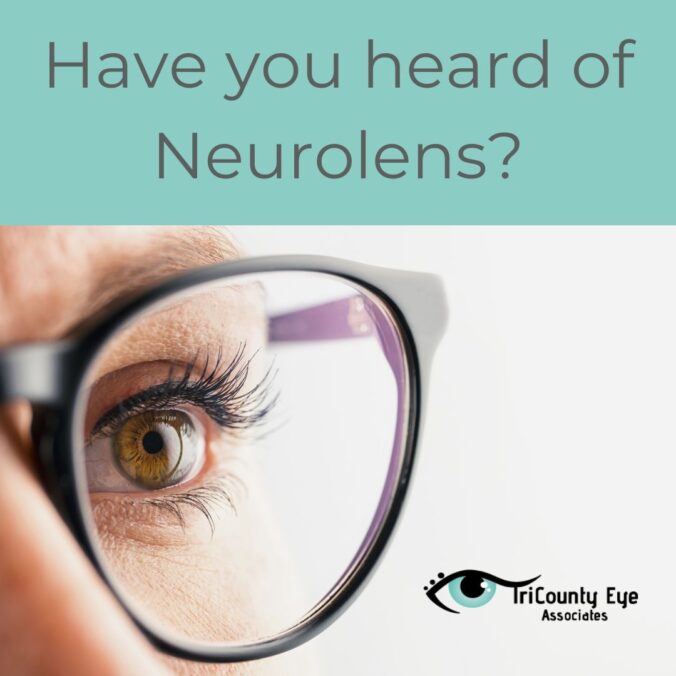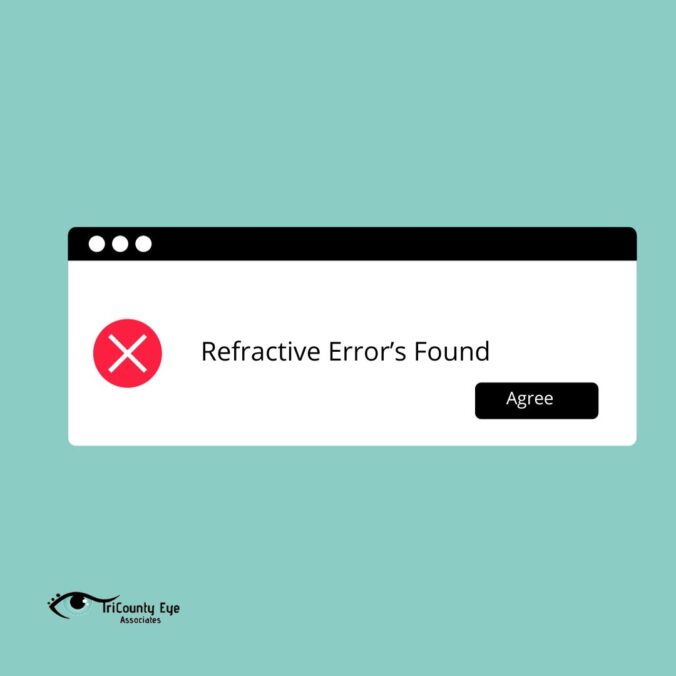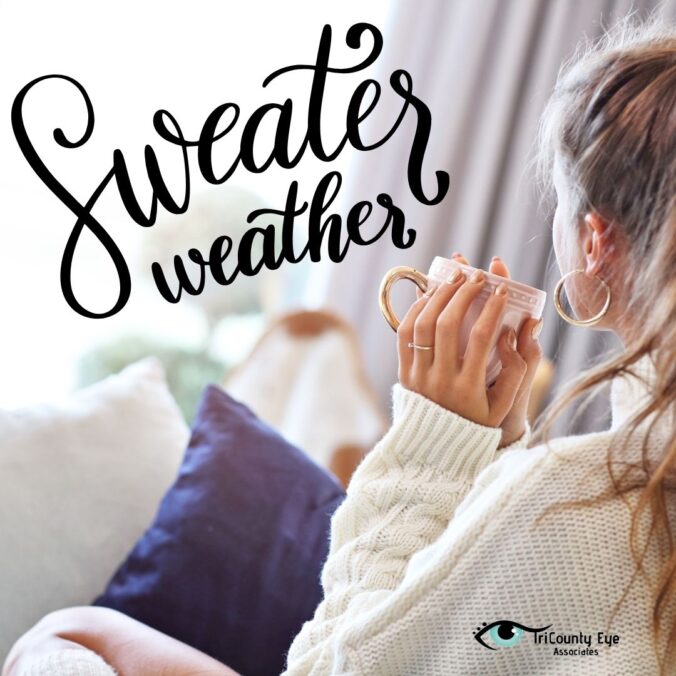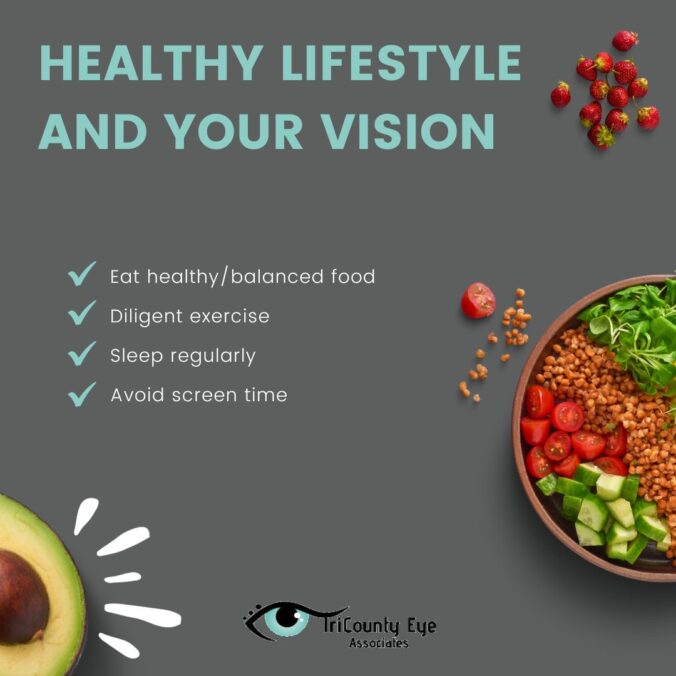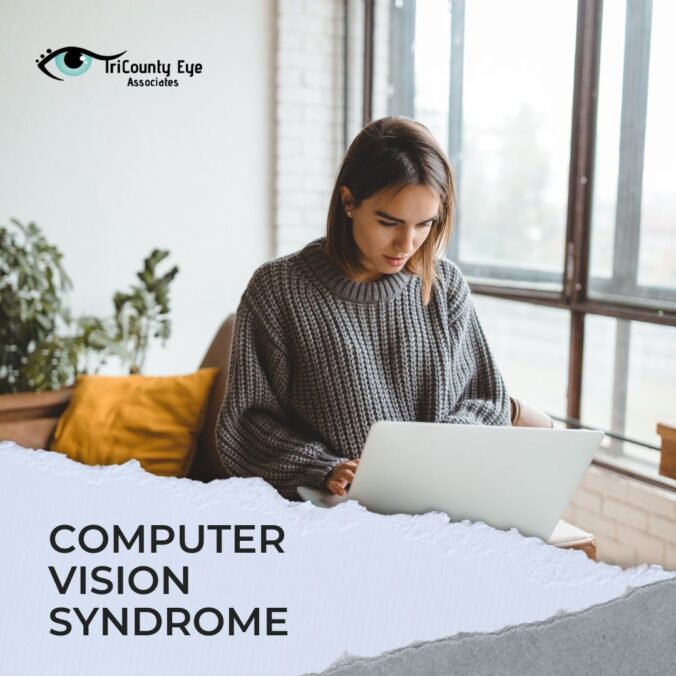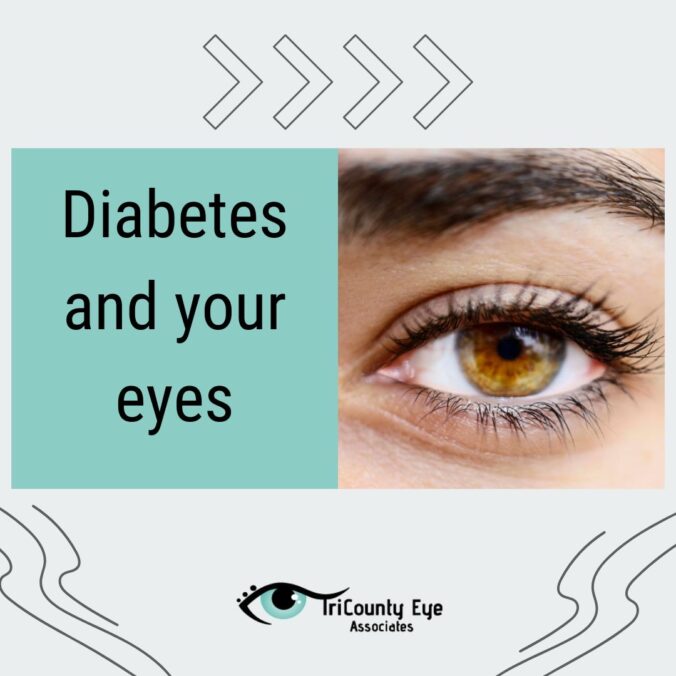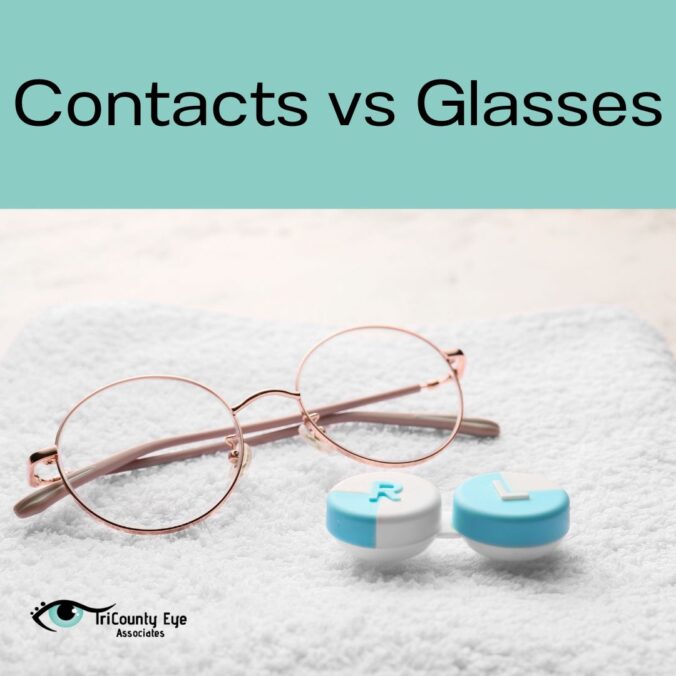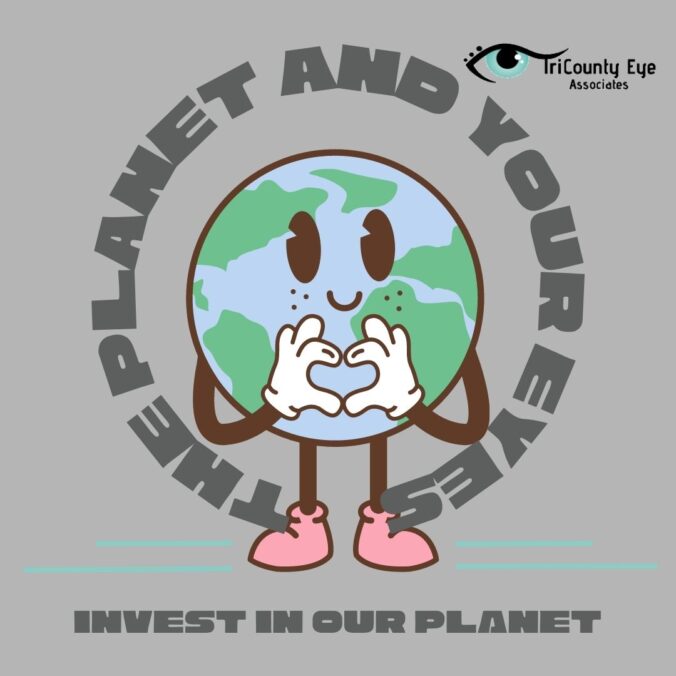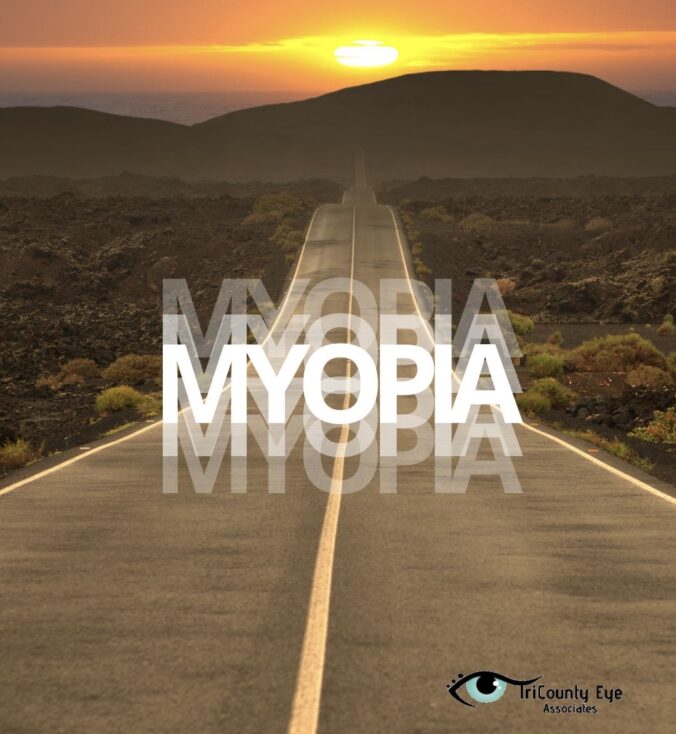We have talked about this new lens technology on our blog before. We thought it was worth another look considering the amazing benefits of these lenses. Keep reading to see if they will be a good fit for you!
What is Neurolens?
Neurolens are specifically designed lenses that use a contoured prism to realign your eyes and relieve pressure on the trigeminal nerve. These lenses are designed to help with digital eye strain and help with reading or doing work up close.
In today’s world, blue light is almost completely unavoidable. We all work or spend time on a laptop, smartphone or watching a television. Blue light has been proven to cause digital eyestrain. You can check out more about digital eye strain in our other blog here: PUT LINK HERE
How does Neurolens Work?
It has been found that there is a direct correlation between the trigeminal nerve and the eyes. The trigeminal nerve is the biggest nerve connected to the brain and responsible for neck and head sensations. Headaches, tension and eye strain are caused by misaligned eye’s that can put pressure on this nerve.
There is a specialized diagnostic that Neurolens uses to try to find any misalignment in the eyes and what the severity of the problem is. Once the measurement device measures where the gap between your eyes should be versus where it actually is, it can determine if you have a misalignment and how to fix it. It is a very quick and easy test.
Neurolens is the first to use a contoured prism that helps with misalignment at different distances.
Benefits of Neurolens
If you suffer from digital eye strain, this could be the best solution for you. The main symptoms of digital eye strain are:
- Eye strain
- Headache
- Neck and shoulder tension or pain
- Eye irritation
- Dry Eyes
Neurolens has helped so many people already to relieve them of these symptoms.
Is Neurolens for you?
It is best to talk to your eye doctor about your options. If you spend a lot of time on a computer or struggle to read, and suffer from any of the above symptoms you could be a perfect candidate!
Next time you are in for an eye exam, ask us about it!

